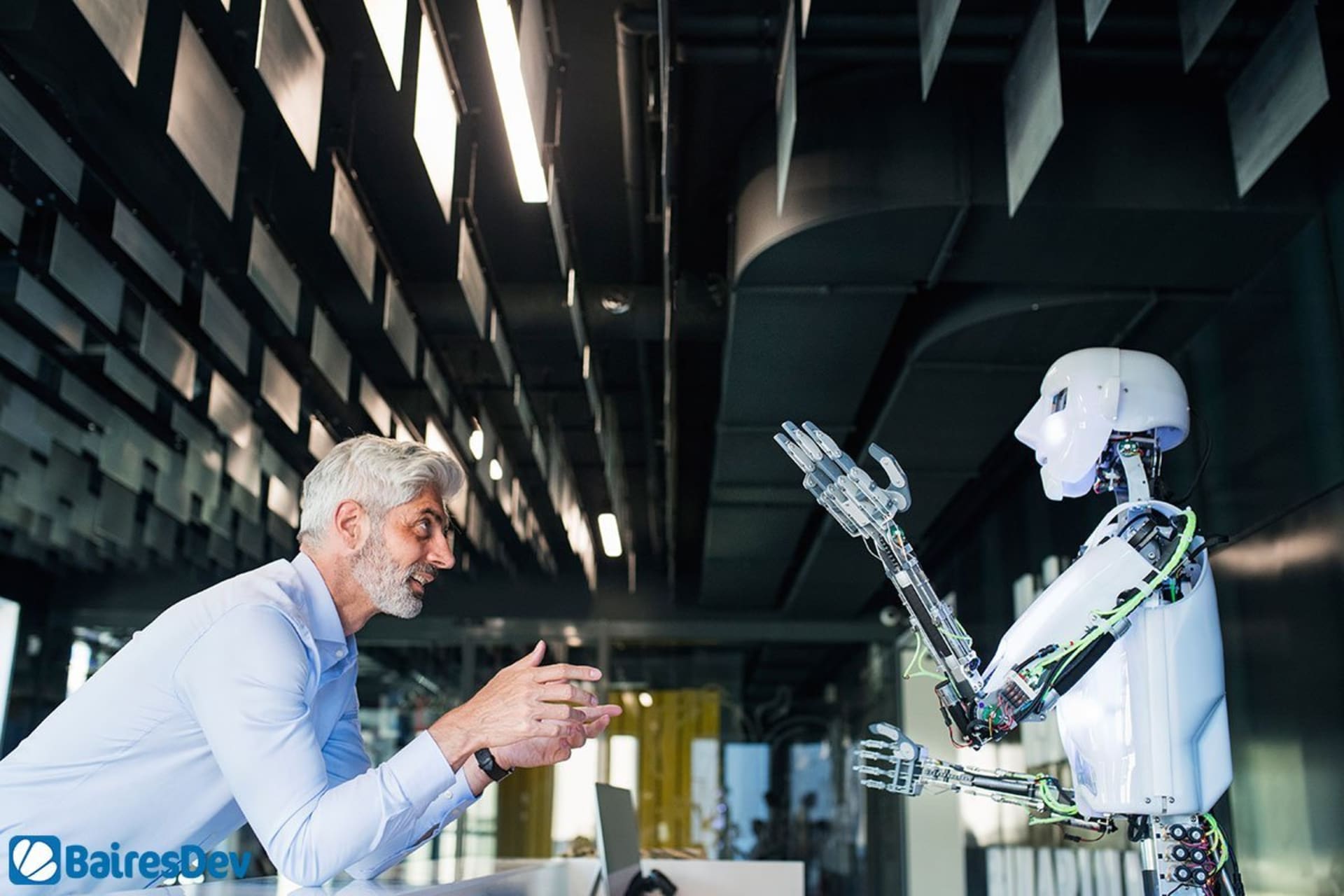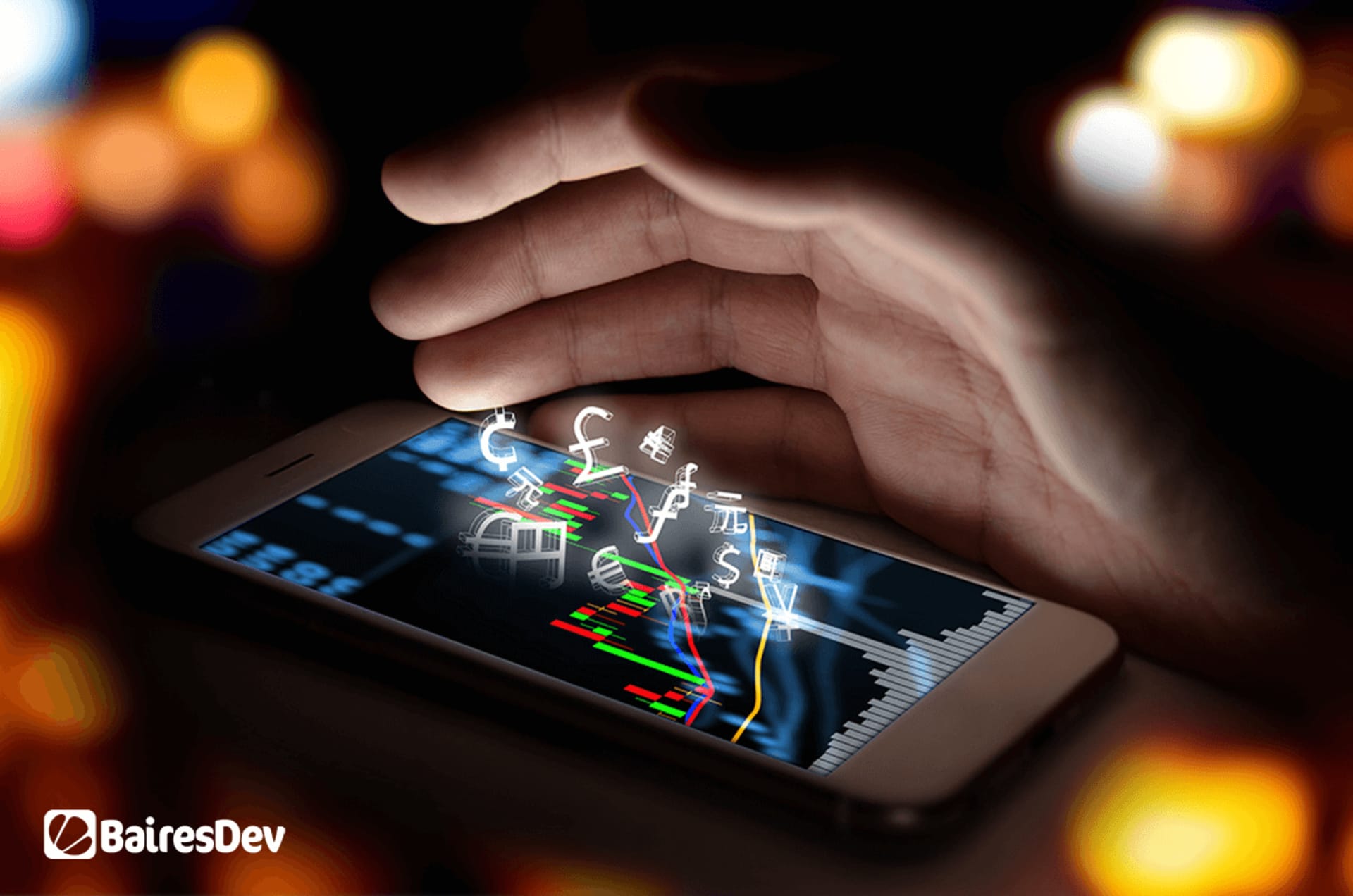Simply existing in today’s world means encountering AI in many different forms – from data-gathering tools on your cell phone to smart technology in your home or workplace. Regardless of your views on AI, you are past the point of choosing not to participate. It’s everywhere and only becoming more ubiquitous.
Many people assume that the ‘rise of the machines’ is the start of some dystopian future. But is that really the case? Historically, technological advancements have led to improvements in human quality of life. The nagging fear of all-powerful evil robots still infects our conversations about modern AI, though, even as it helps us in our day-to-day. And it’s no wonder – that fear has been around for a long time. As far back as the 1920s, modern robots were depicted by Karel Capek as powerful and opposed to humans. In the 1960s Isaac Asimov created his famous three laws of robotics which define AI’s existence in terms of its ability to harm humans. Even eminent scientists, such as Stephen Hawking, have expressed their concern:
“The development of full artificial intelligence could spell the end of the human race…It would take off on its own, and re-design itself at an ever-increasing rate. Humans, who are limited by slow biological evolution, couldn’t compete, and would be superseded.”
Well, so far we haven’t seen any evil robot uprising. So are we careening towards Westworld, or is the future more like Black Mirror, where the technology itself is benign, but it is how we use it that causes our downfall? Let’s take a closer look at some of the enduring and popular myths about AI to see what we should really be worrying about.
True or False: Popular AI Myths
Job Security
Perhaps the most common assumption about the rise of AI is that future computers will replace humans in the workplace. Fear of technology stealing jobs is anything but new. People expressed the same concerns during both the agricultural and industrial revolutions. The overall number of jobs during these two historical periods did not change, but the type of jobs did. Menial and difficult work was mechanized, and other sectors grew and blossomed. We can almost certainly expect the same from the current technological revolution.
AI is currently designed and developed to work with humans, to ease work and improve efficiency (such as in the software testing field), rather than to replace them entirely. Those roles that do, over time, become obsolete can expect to be replaced by other industries and new types of jobs, based on our new capabilities and needs. The fear of robots taking our jobs seems unreasonable, but fear of job change is not. For anyone unwilling to adapt as the workplace adapts, this certainly should be a worry.
The Rise of Corporations
The typical image of a future infested with robots also includes assumptions about the rise of corporations. Complete with expensive autonomous drones and other technologies, this future is only accessible to and affordable for the very rich. Investment by large companies such as Google and Amazon in their proprietary AI technologies may seem like the route to this future, but many different companies, large and small, are investing in and staying competitive with AI.
In such a connectivity-driven world as we now live, even tiny or resource-limited businesses have access to a plethora of technologies that allow them to work more efficiently and stay relevant. Utilizing outsourced talent is just one example of how some companies have successfully done this.
A more realistic future, then, is one where the use of AI is second-nature for everybody, equally, and largely taken for granted by both businesses and individuals (as indeed it is now). No single corporation or income level has, or will have, sole access to new technologies. Institutional AI knowledge is antithetical to the current culture of outsourcing and employee freedom.
AI Leads to Fake Humans
While devices such as Alexa and Siri have been specifically developed to speak and interact with humans, they still have a long way before achieving the complexities of human interaction. A widespread concern is that AI will, over time, become more and more human-like, and thus be indistinguishable from us.
However, very few companies develop AI to be human-like. There is no reason they should. AI is programmed to perform certain tasks. Some are given human characteristics to make them more interactive, but they are not themselves displaying human behavior. It is simply their programming defining how they should communicate, for our own convenience. The few technologies that do display one facet of human behavior are the thin end of a much larger wedge which encompasses a vast array of AI technologies that portray no human characteristics at all, because it is not part of their intended function.
The future of humanoid robots intermingling with humans is only feasible if businesses make enormous investments in research and resources to develop this type of AI specifically. And it’s worth pointing out, this would have no potential benefit and a very limited audience, so any investment is highly unlikely, especially in the near future Users can expect AI to seamlessly integrate into our lives, rather than defining them or copying them.
AI is Self-Learning
The runaway future of self-learning, self-improving AI becoming far superior to human intelligence ignores one quite important fact: AI does not really learn from itself. Machine learning uses historical data to create an understanding of a problem. It then uses this information when analyzing new data. Over time, as data scientists feed new data back into the system, the model learns from past mistakes and becomes better and more accurate. It is not a magically self-replicating process, it requires new data and usually an engineer and data scientist to enable this process. Without human inputs, the AI would not improve significantly on its own merit.
Current AI Landscape and What It Means for Job Security
A study by McKinsey Global Institute recently estimated that by 2030, AI could eliminate as much as 30% of the world’s current human labor need. Machines are learning how to perform our work for us. Automation certainly means a changing workplace, and while new jobs and industries will eventually evolve from these changes, there is inevitably a time lag between job losses and new job creations. This will lead to a large number of unemployed people in the interim.
Typically, developing technologies eliminate lower wage, unskilled jobs while creating higher-order replacements in the future. This means that those who become unemployed due to AI advances will need re-skilling and increased levels of education in order to remain employable. For many, this is simply not an option. Certain experts are already calling for mass changes in our educational system to prepare people better for these inescapable changes. Without any corresponding changes to match the rise of AI, millions risk remaining permanently out of work.
Currently, many different fields use AI, including transport, logistics, energy, retail, agriculture, mining, healthcare, and manufacturing. Virtually every industry is now embracing AI in a desperate bid not to get left behind, but some are ahead of others. Chatbots will handle 85% of customer service interactions by 2020, and very few companies now employ human customer service agents. Even fewer companies use call centers. The automated dairy industry is expected to grow from $1.9 billion to $8 billion in the next five years. This is just one of a wide swathe of changes occurring in the agriculture industry. Fully autonomous haul trucks have been in use in mining for over a decade, one of the many changes that have already seen the number of employed miners plummet to 670,000 Americans. Clearly, as each new industry embraces AI, the type and availability of jobs in that sector evolve.
Projected Landscape
“The risk of something seriously dangerous happening is in the five-year timeframe. Ten years at most.”
This is according to Elon Musk, the founder of Tesla and several other extremely successful technology-based businesses. So what does the immediate future look like?
Investment in AI is exploding, with companies spending millions and even billions. Investment during 2018 was at an all-time high. Given that current reports indicate that 45% of existing jobs could be automated using technology already available, this funding for the future of AI ensures the next ten years will see even more change. By 2030, up to 375 million workers worldwide are expected to be affected by AI use in their company. An AI development company can be essential in harnessing this investment to drive innovation and adapt existing business models.
Nanotech is expected to be a significant change in the next decade. Investments already made have revolutionized this field and companies are integrating new miniature, smart technologies into systems in agriculture, oil and gas, and healthcare. Safety checks, equipment monitoring and deployment, and ongoing monitoring can all be integrated into existing technologies to eliminate the need for a human set of eyes.
Another significant change will come in the form of improved AI voice technology. Existing systems such as Alexa and Siri will be joined by chatbots from around the world, relying on improved natural language processing technology already being developed to drive communication with machines towards the vocal. This will continue to have an impact on the already heavily-affected customer service industry, as well as replace assistants, schedulers, and other voice-oriented task workers.
If you enjoyed this, be sure to check out our other AI articles.







